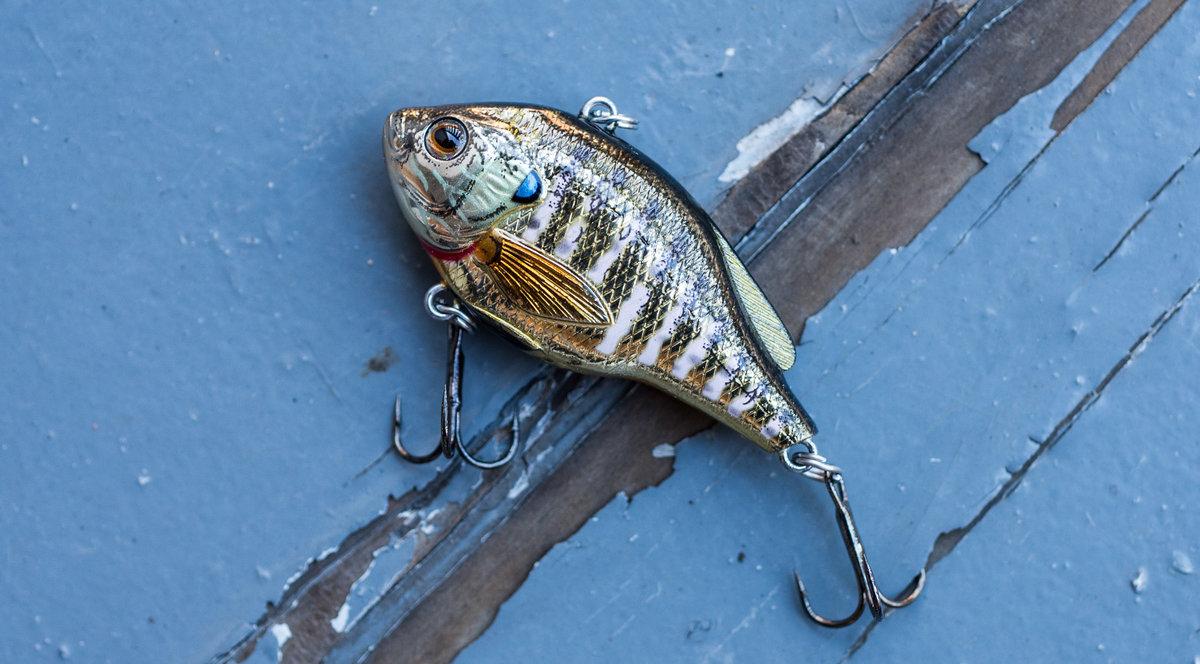The 3 Best Ways To Fish Grass In The Summertime
It’s widely known across the bass fishing world that bass love to live in the grass. Hydrilla, milfoil, lily pads, tules, and many more types of aquatic vegetation provide the perfect habitat for bass to lurk in and ambush baitfish. There’s no better time to target bass in the weeds than in the middle of summer when the weeds are at their peak growth.To pull more big bass from the grass, you’re going to need to know how to attack the weeds from every angle. In it, over it, and around it, here are three ways to catch more bass in the grass this summer.
1. Punch Them Out
When the bass are buried in the thick stuff, there’s hardly a better way to catch them than punching. Punching is a style of fishing that generated in the deep south where many lakes are covered in thick vegetation for most of the year. Anglers began flipping Texas rigged creature baits through the vegetation with heavy bullet sinkers, thus the punch rig was born.A punch rig consists of a very heavy bullet sinker (¾ oz. to 2 oz.), a stout straight shank hook, a slim creature bait, a bobber stopper, and an optional punch skirt if you want a bulkier presentation. Each element of a punch rig is geared towards optimizing the baits’ ability to easily drop through thick vegetation. The punch rig is most successful in areas where most lures are virtually useless. Target grass mats, thick lily pad fields, and heavy reeds and flip your punch rig up and then down to penetrate through the vegetation. Once you’ve pitched into the cover, give your rod tip a few pumps up and down. If you don’t get bit quickly, reel in and make another pitch to a new spot in the vegetation. Most bites on a punch rig will come just shortly after the bait slips through the vegetation and falls in front of a bass drawing a reaction strike.Heavy duty gear is a major key for punching successfully. Most pros on tour opt for heavy action rods over 7’ 6” in length and 65 pound braided line. A stout rod can handle the extreme pressure of pulling big bass out of heavy cover and braided line helps cut through vegetation. Using a high gear ratio reel like 7.1:1 or an 8.1:1 is helpful as well. A fast reel will help you to make more pitches and to reel up slack quickly to set the hook.
2. Call Them Up With A Frog
Topwater frog fishing is arguably the most exciting way to catch bass. Not only is frog fishing exciting, it’s extremely effective. A frog can be fished around nearly any type of cover, but it excels most when fished across shallow grass.Make long casts with a topwater frog across thick grass or lily pads and retrieve it with a combination of twitches and pauses. If your frog crosses over an opening in the vegetation, pause it in the gap for a few moments. These holes in the vegetation are key areas where a frog will get bit. If a traditional frog isn’t producing enough bites, switching to a popping frog can be a good move. A popping frog creates a larger disturbance on the surface which will call in bass from a greater distance.Anglers fish topwater frogs using a wide variety of gear, but one thing most can agree on is braided line. Braided line of at least 50 pound test is essential for frog fishing. Braid has zero stretch which dramatically increases your hookup ratio on a frog.
3. Run The Edges With A Lipless Crankbait
As much as bass love grass, they aren’t always right in the thick of it. Many times bass will set up on a weedline, or grass edge, and cruise alongside it looking to feed. A lipless crankbait is the perfect lure to target these cruising bass.Lipless crankbaits are best known for their effectiveness in the spring, but they can be just as effective in the summer when fished around grass lines. Fish a lipless crank parallel to weedlines at a pace where the bait just slightly ticks the top of the grass. If the bait gets bogged down, give your rod tip a quick snap upwards to rip the crankbait out of the grass. Most strikes will come right after the bait pops free of the grass.Gear choice for fishing a lipless crankbait is mainly personal preference. However, one key for fishing a lipless through grass is fluorocarbon line. Like braid, fluorocarbon line has zero stretch. The non-stretch nature of fluorocarbon makes it much easier to rip a lipless crankbait cleanly out of the grass, saving you time and maximizing the bait’s potential.
Updated September 12th, 2017 at 2:36 PM CT


